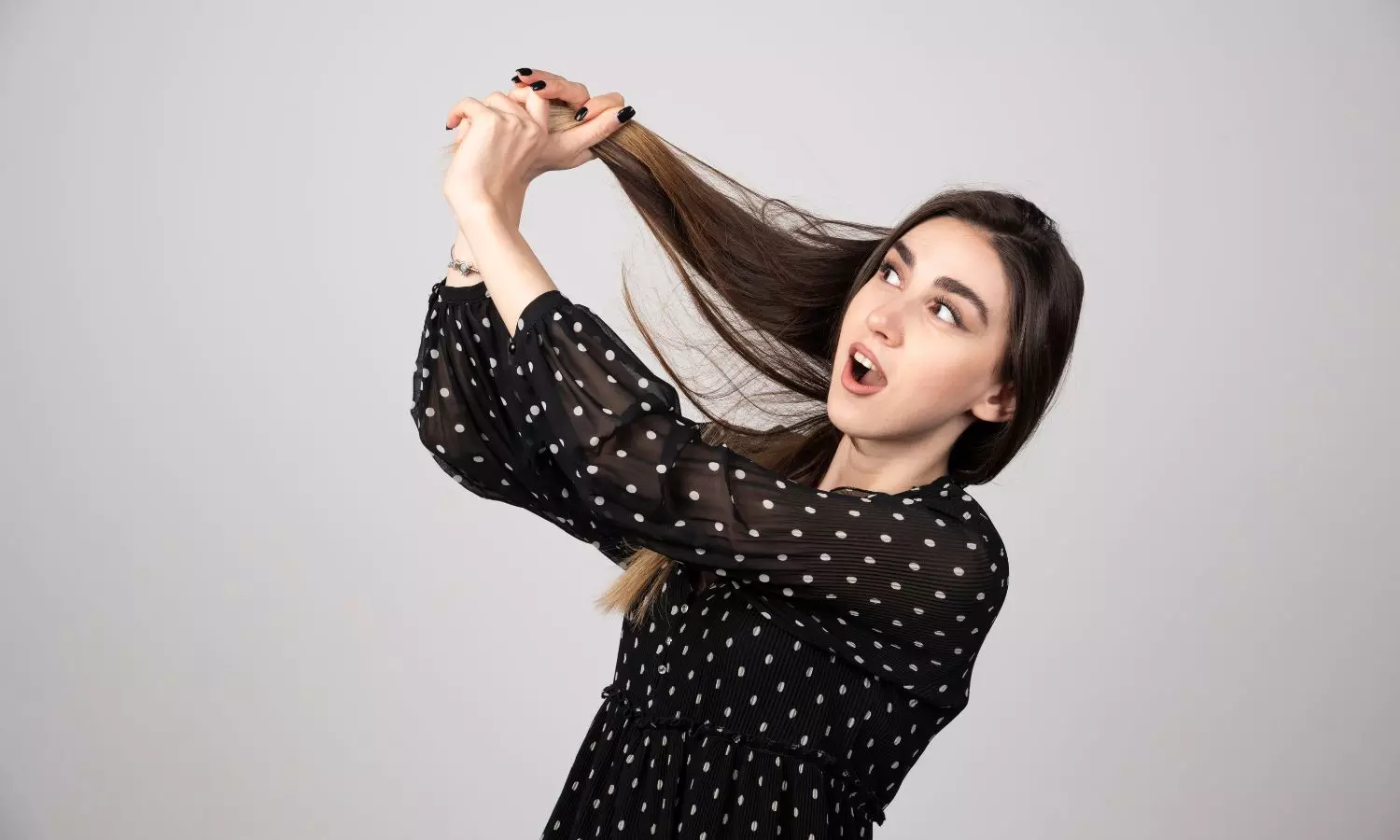How to solve the 10 most common hair problems

Hair problems can vary greatly depending on individual hair types and conditions. To address these concerns, Jamien Lim, Senior Hair Research Scientist at Dyson, has compiled a list of the 10 most common hair problems and shared solutions to combat them.
Hair Issues
Although we grow an average of 11 km of hair on our heads every year, it cannot heal itself once damaged. Therefore, it's crucial to understand how to care for our specific hair type. For example, those with coarse, long hair may have different problems than those with short, fine hair. Factors such as age, gender, hormonal changes, genetics, and cultural heritage also influence our hair type. However, simple lifestyle changes, using the right technology, and following scientific advice can help reduce damage and maintain healthy hair.
1. Heat damage
When styling hair, a lot of people commonly reach for heat-based styling tools. However, extreme heat changes the shape of keratin within the strands of the hair. When using heat over 150°C (302°F), hair can become weaker and less elastic. At over 230°C (446°F), hair begins to burn or melt. The strong disulfide bonds deteriorate, and hair can quickly break. The research shows there are two key factors for styling: temperature and control. The more one is increased, the less you need of the other. However, to prevent damage, more focus should be given to control versus heat.
2. Cuticle damage
Hair cuticles do not absorb water evenly, meaning they distort when wet. This swelling can make the hair’s surface rough and increase strand friction. Water on the surface of hair also causes strands to stick together, leading to increased tangling, plus cuticle damage when harshly combed, brushed, or styled. A tip to avoid knots is to brush from the bottom and slowly move higher with your strokes. Too much heat can also cause cuticle damage.
3. Split ends
One of the most well-known hair problems is split ends. These occur when the cuticle layer is stripped away by continuous damage. Without this sleeve holding it together, the cortex can split. When the cortex is severely damaged, the hair strand becomes brittle. Cracks can then form if the strand is bent, or impact-loading actions are placed on it. If we continue to brush frequently, these cracks can propagate down the length of the hair strand until it finally splits.
4. Frizz and flyaways
Another common hair problem is frizz, which can manifest in four main ways:
Uneven density: Visible and uneven gaps in the body of the hair.
Low fibre-to-fibre alignment: Fibres aren’t evenly aligned down the hair strand. This is prevalent in curly hair where the fibres don’t align with each other to form controlled curls.
Low edge definition: Fibres aren’t aligned to the edges of the hairstyle structure.
Uneven surface area distribution: Frizz can also be caused by a change in weather conditions or by physical interactions with the hair disrupting the style.
Damage to hair strands can cause a hairstyle to drop out quicker, increasing the rate at which hair frizzes.
5. Smoking
Despite being a preventable cause of health problems, smoking tobacco is responsible for a lot of physical damage to the body. Smoking regularly can also affect hair, including its follicular growth cycle and fibre pigmentation, often leading to a loss of natural hair growth. Smoking damages DNA, which can lead to early greying or lightening of the hair at the roots.

